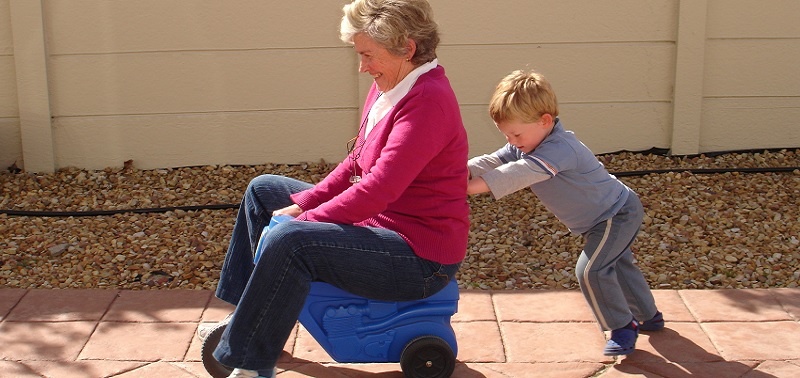
By 2050, the world's population is said to be doubled. The main objectives are to abandon fossil fuels as they produce deadly green house gases, to limit natural resources such as crucial metals and minerals for manufacturing and rearranging how we produce, consume and live due to climate effects such as droughts, heat emergencies and high temperatures affecting crop growth and sea level rise.
Solution 1: renewable energy that is closer to users to avoid interruptions from issues such as devastating storms that destroy utility infrastructure in recent years or hacking and to decrease the energy loss over long distance transmission
Solution 2: more mobility with less cars so more sustainable transport such as walking, biking or shared transport using renewable energy (electric or hydrogen powered) for health
Solution 3: more local food with less carbon footprint reducing transport, waste less to save water and energy, carbon taxing on livestock, land-locked fish farming to not disturb aquatic food chain and better choices of food such as easily cultivated Moringa plant that provides many nutrients
Solution 4: renew, reuse and recycle consumer goods to reduce waste by creating a cycle instead of a chain such as local clothes manufacturing, reselling and recycling
I think it is very exciting to be living in a new sustainable lifestyle in the future and I am honestly looking forward to it, hoping things won't go so wrong as we have recognized the problems and solutions many years before 2050. In saying that, action starting today is definitely required as the population continues to increase even today.
Resources:
http://cityminded.org/adapting-adaptation-roadmap-will-live-2050-15334






